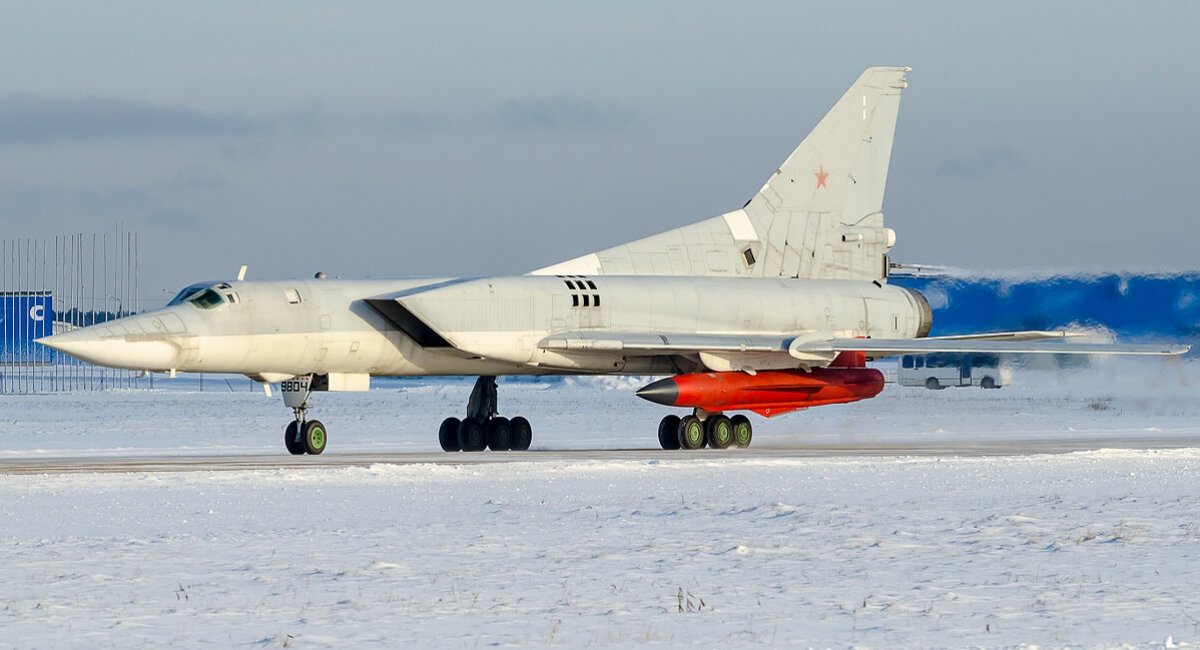Read more:
- Ukraine reports first evidence of North Korean missile used by Russia
- Russia’s massive missile attack on Ukraine kills at least four, injures 34 civilians
- Russia may intend to retrofit Kh-32 missiles with cluster munitions

To suggest a correction or clarification, write to us here
You can also highlight the text and press Ctrl + Enter
Please leave your suggestions or corrections here

We are an independent media outlet that relies solely on advertising revenue to sustain itself. We do not endorse or promote any products or services for financial gain. Therefore, we kindly ask for your support by disabling your ad blocker. Your assistance helps us continue providing quality content. Thank you!